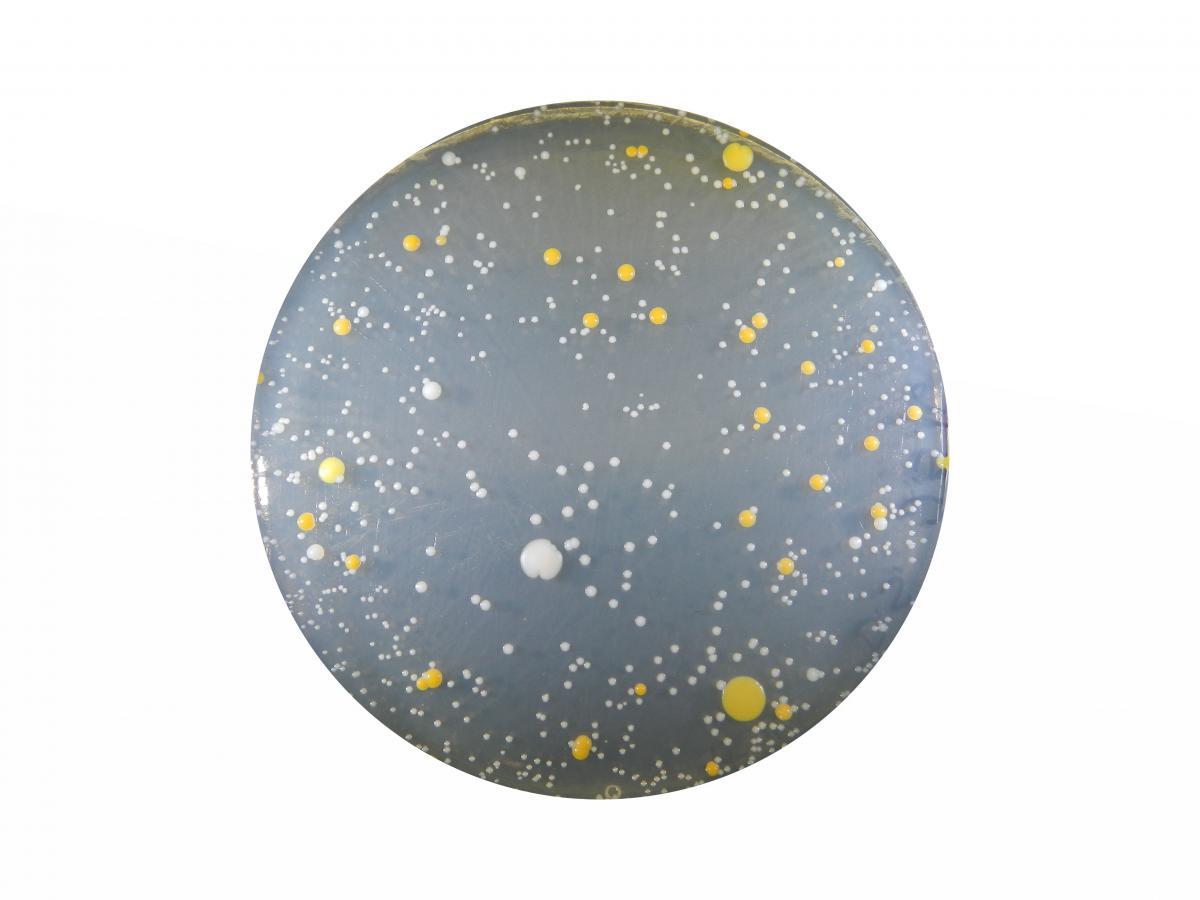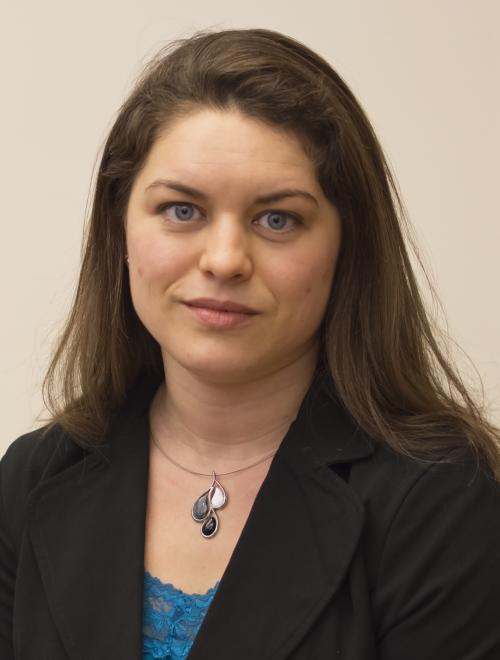
Blog
Teaching When No Textbook Exists

Nearly every aspect of life as we know it is shaped by complex communities of single-celled organisms. These communities are called microbiomes. Microbiome research has been revived from a decades-long hiatus thanks to several recent advances in molecular methods, including DNA sequencing. As the cost of DNA sequencing plummets, research efforts and databases have grown exponentially in a quest to discover and refine the rules that govern microbiome ecology. Scientific knowledge and theories on microbiome ecology are evolving almost as quickly as the organisms they seek to describe!
Naturally, as a Ph.D. candidate who researches this dynamic field, I was thrilled to have the opportunity to create a formal microbiome course through a Bass Instructional Fellowship last year. The only problem was that, to date, there is no textbook on microbiomes.

Teaching a course without a textbook presents many freedoms and several challenges, too. I originally designed Bio490S: Microbiomes to integrate scalable research into my curriculum as a tool for teaching. In a way, the course became an experiment in itself—and it turns out that my graduate research experiences also informed my pedagogical practice. As with any project, I began with a lit review. I was able to direct the logical flow of the course without the guidance of a Table of Contents: lacking a textbook, I wove a narrative that made intuitive sense to me, out of topics that built and flowed to one another. I decided to move from the body surface inward, applying theory to different body sites starting with the skin and moving inward to the mouth and finally the gut (the focus of my dissertation research).Then, I chose my favorite research articles to address the breadth of current research.
I found that, by implementing organizational techniques I’ve honed in the lab, I was able to “troubleshoot” the course as I would a new protocol. I wrote specific goals for each lesson plan, as I would articulate a hypothesis to direct experimental design. I assigned research projects and papers in place of mid-terms and final exams to cultivate sound scientific practices. I wrote rubrics for every student assignment, not only to clarify my expectations but also to set targets to cover the necessary material through backward course design. And, always, I reviewed the effectiveness of my teaching through formative pre-class assignments and by soliciting student feedback at the end of each class. Both personal reflection and student feedback have consistently provided new ideas for improving my courses. For example, last summer I designed an activity to demonstrate the importance of sample size to address student confusion, which was well received in Bio490S.

Troubleshooting the class became especially handy after spring break, when I taught data analysis for the first time. After the first session, I seriously considered calling it off. I had assumed it would be easy to teach my own methods, but forgot how much I’ve internalized: for example, even minor typos (which may seem insignificant to human eyes) can completely derail a computer workflow. After the first class, I asked myself “why did you do this?” I then reminded myself that the point of the class was to give my students insight into the scientific process. The whole messy bit we were fighting through together in class is typically glossed over in two sentences in a paper. From what they had read in the literature, my students would never have guessed that this is how scientists analyze data. Armed with a sense of purpose, I started the next class by acknowledging our collective frustration and reminding us all of the goals for the exercise. My students looked visibly relieved, and began to help each other through the analysis. Their troubleshooting teamwork helped to identify widespread issues with computer code and made the rest of the class run more smoothly.

I was fortunate to have ten enthusiastic and engaging students sign up for my class. The caliber of the students’ research papers was impressive, even by Duke’s standards, and my students gave resoundingly positive feedback in their end-of-course evaluations. One student appreciated that there was “more intellectual freedom in this course than is typical of an undergraduate course so I feel like I was more engaged in learning.” I couldn’t agree more.
Author

Erin McKenney
Ph.D. candidate, Biology
Erin McKenney is a gut microbiologist in the biology department. Her dissertation research focuses on colonization in captive lemurs, but she is also interested in a broad range of interdisciplinary teaching and research.